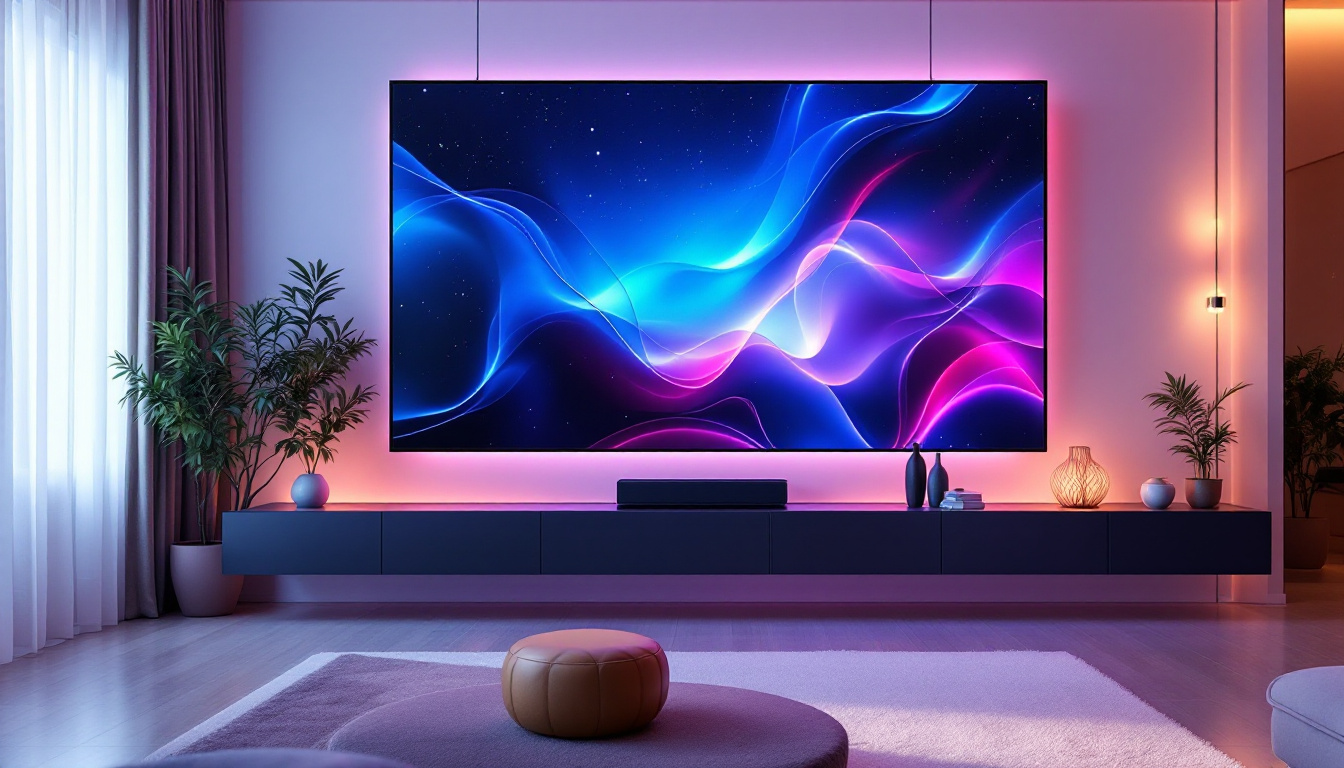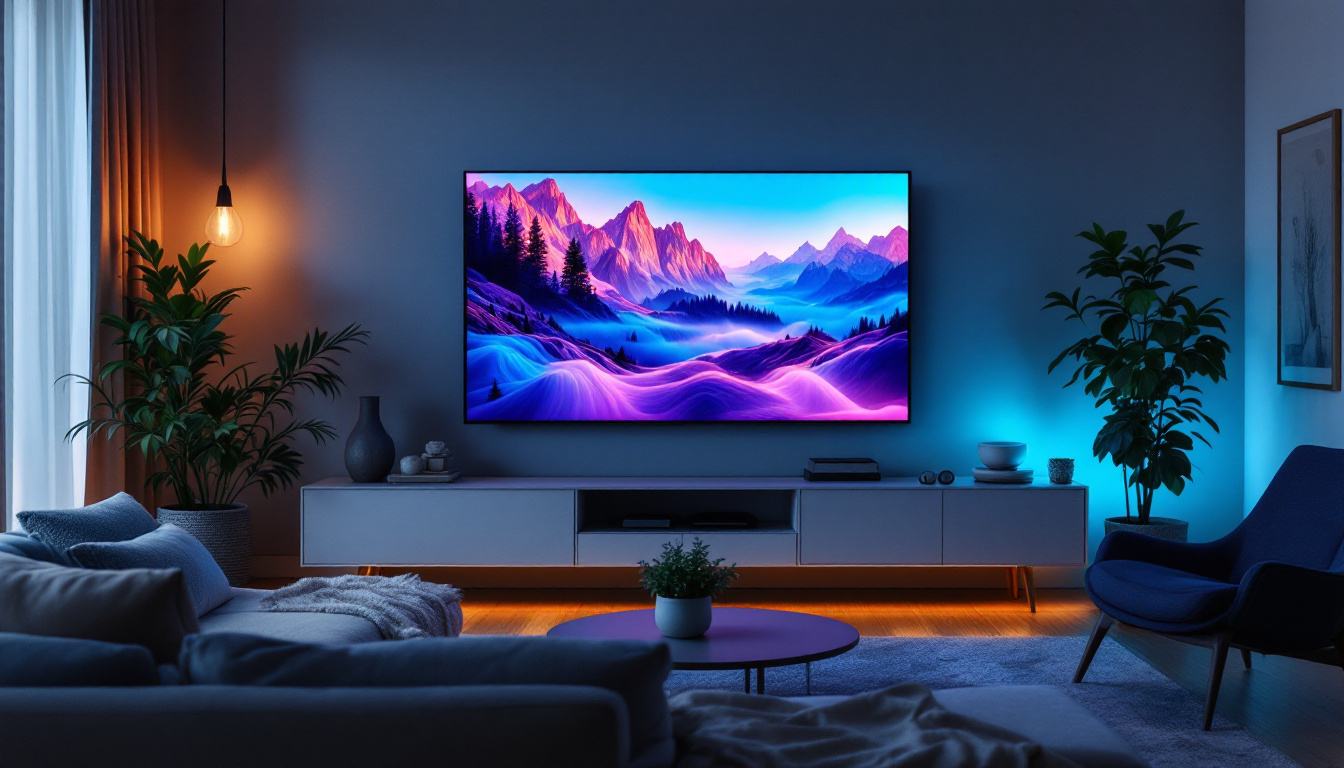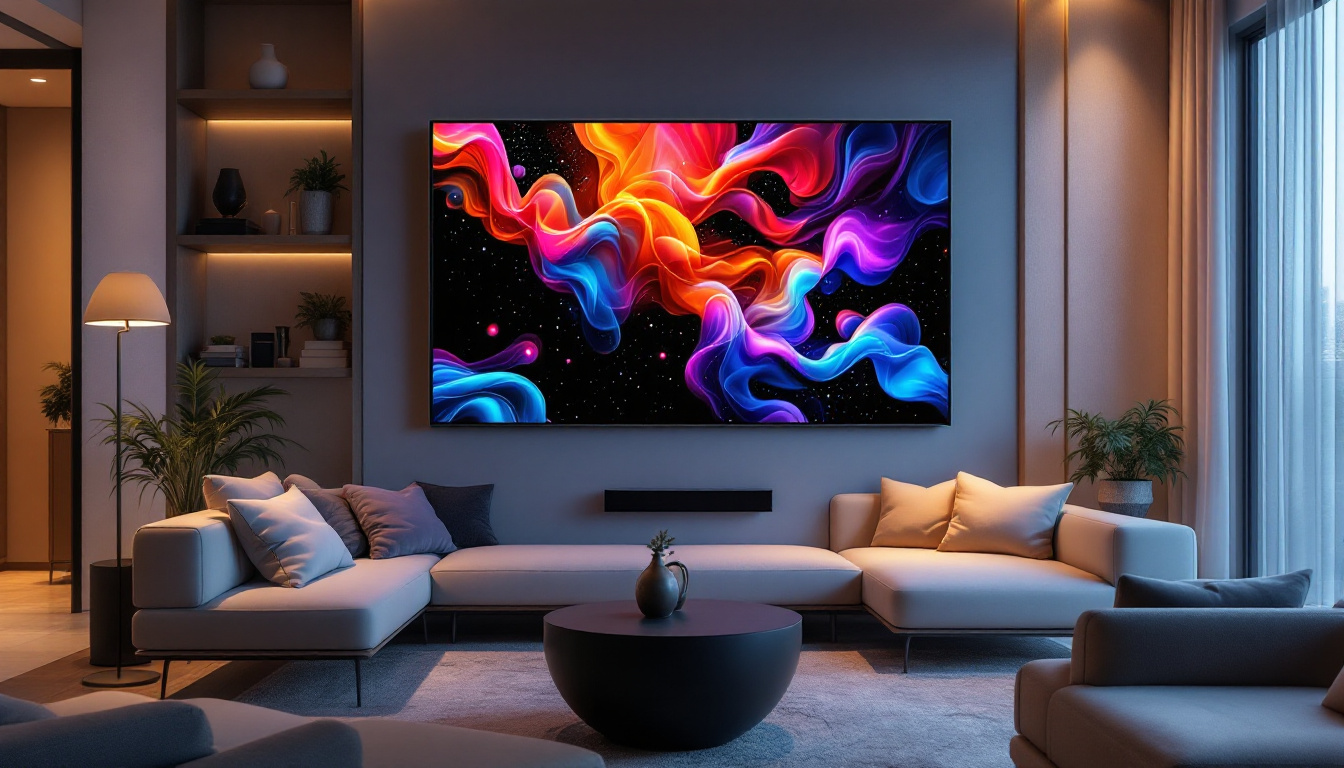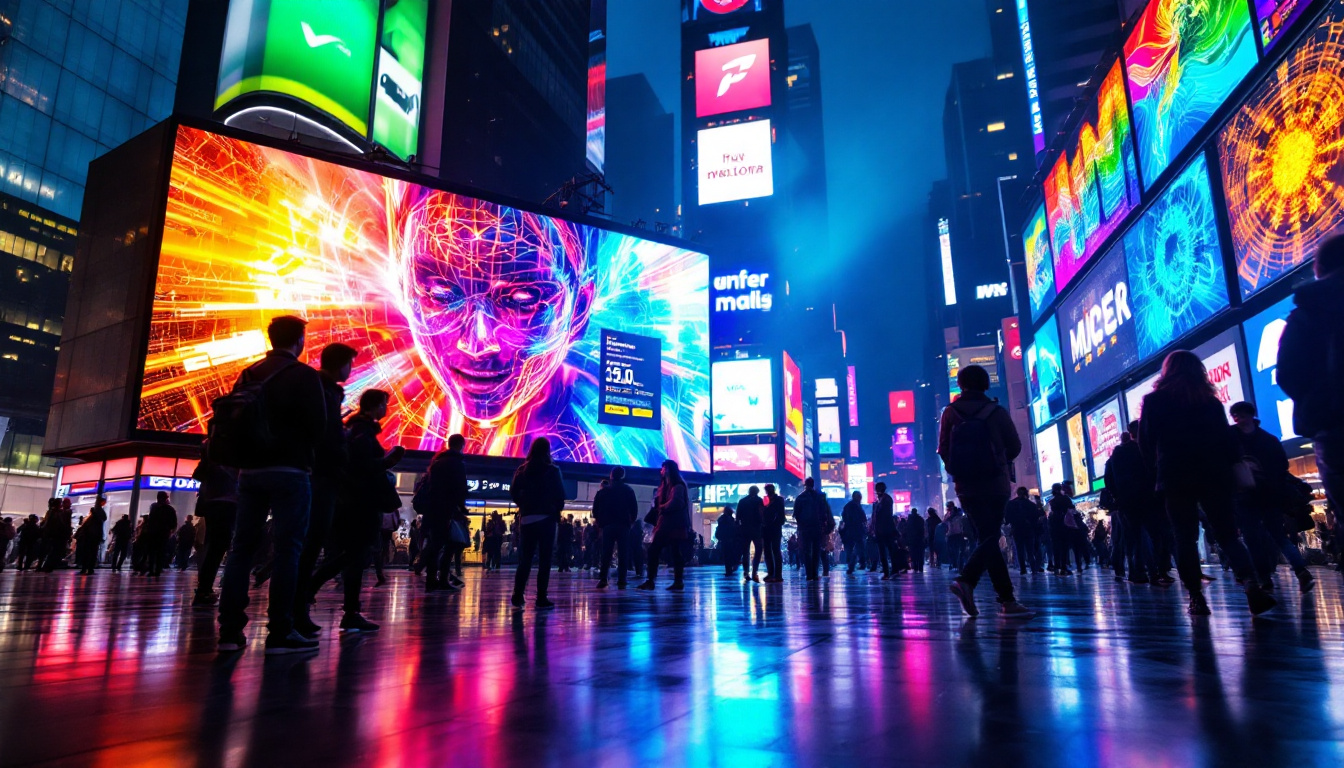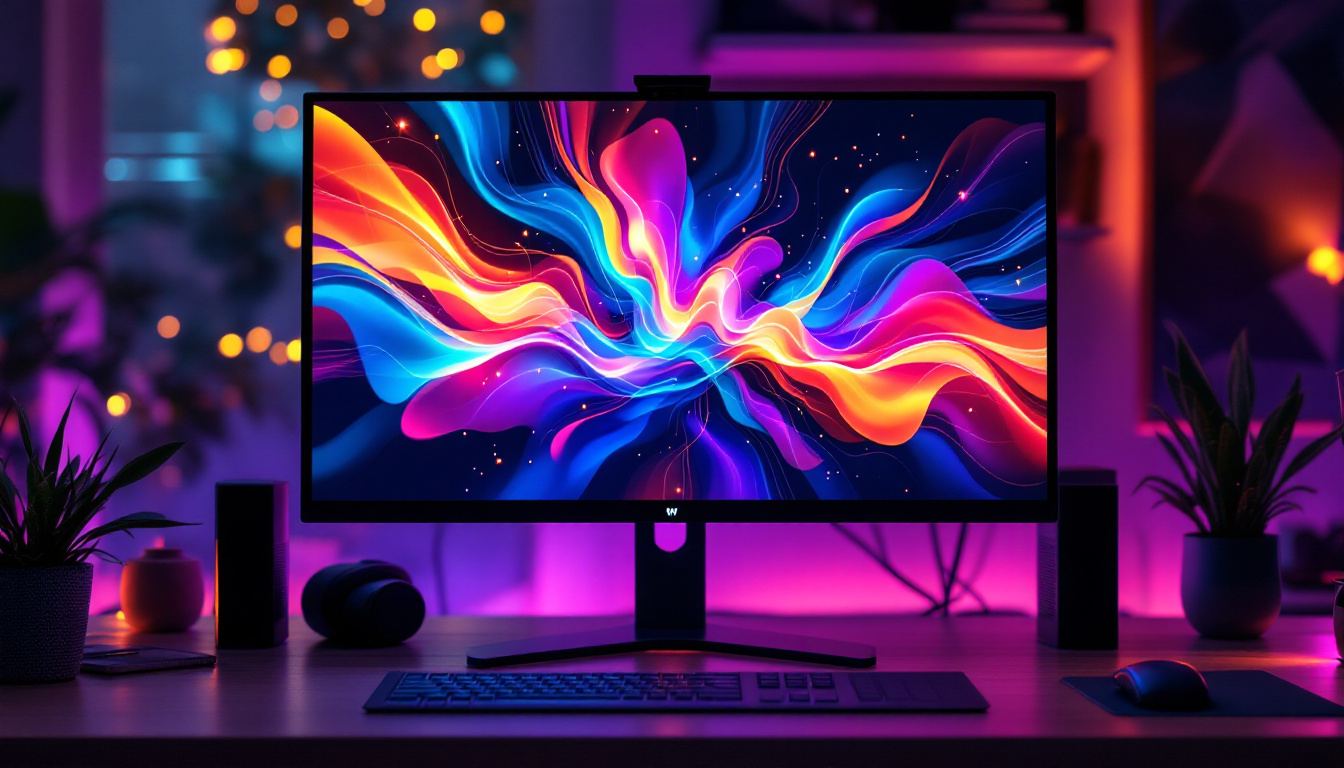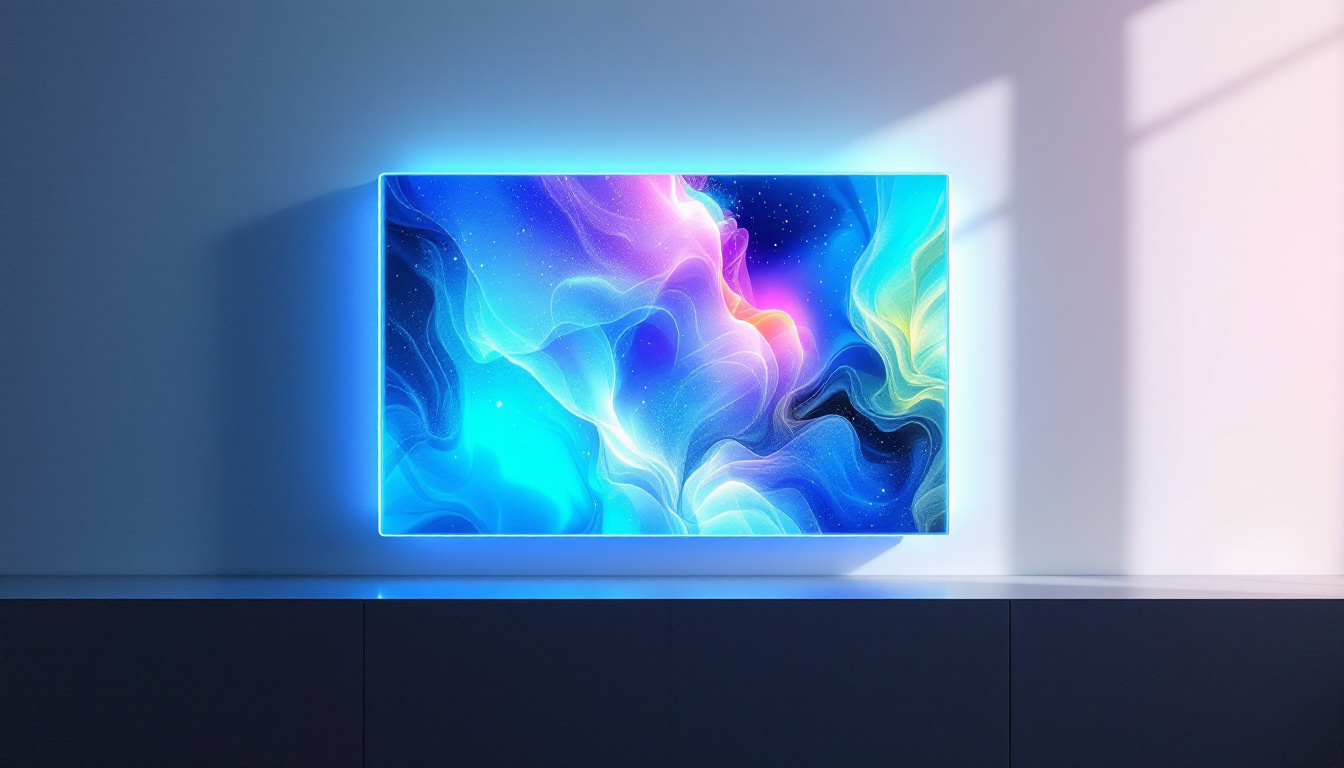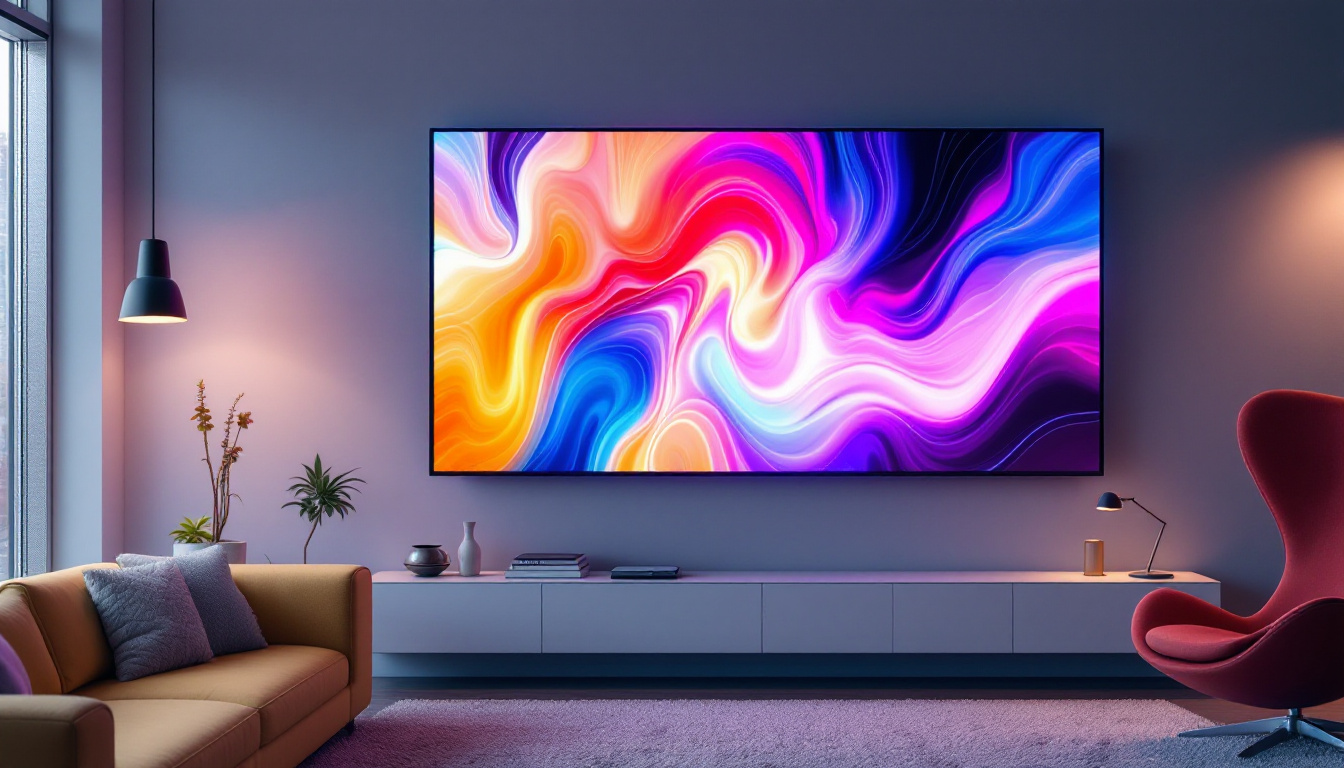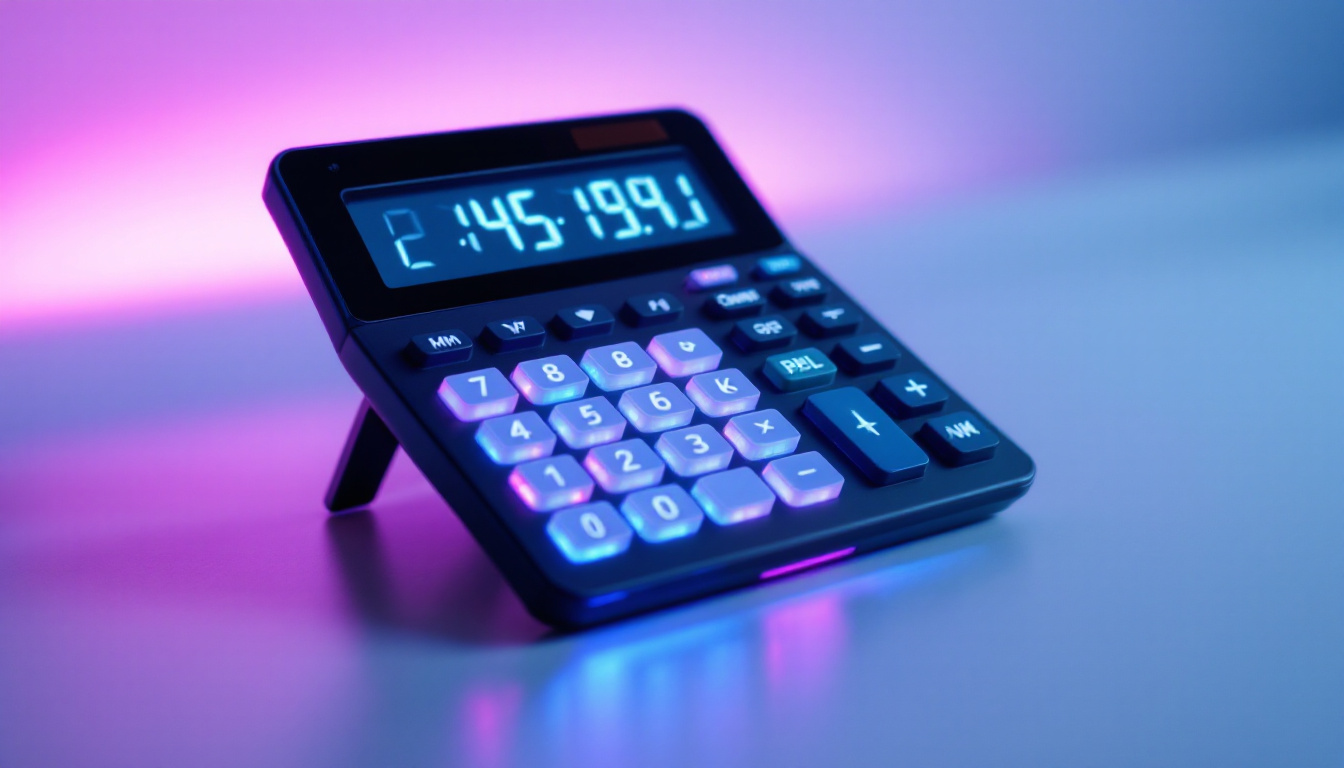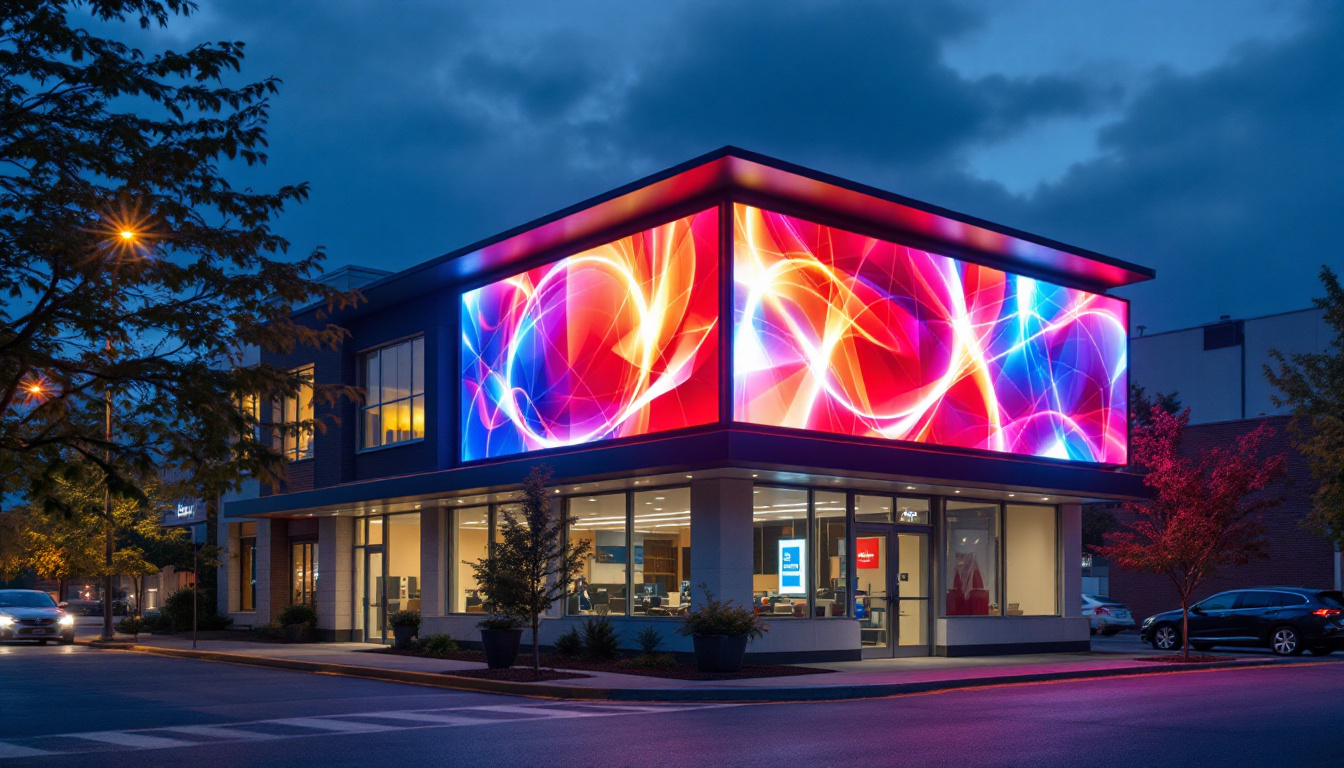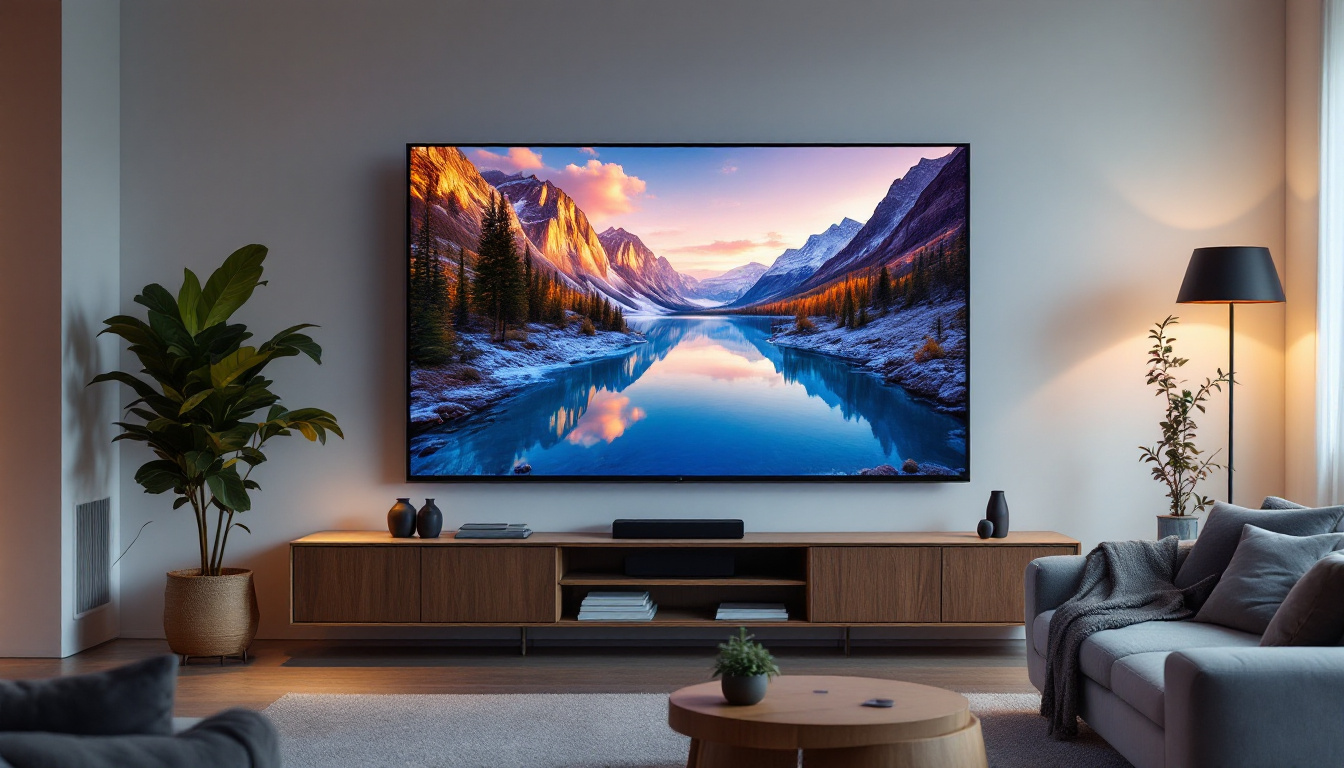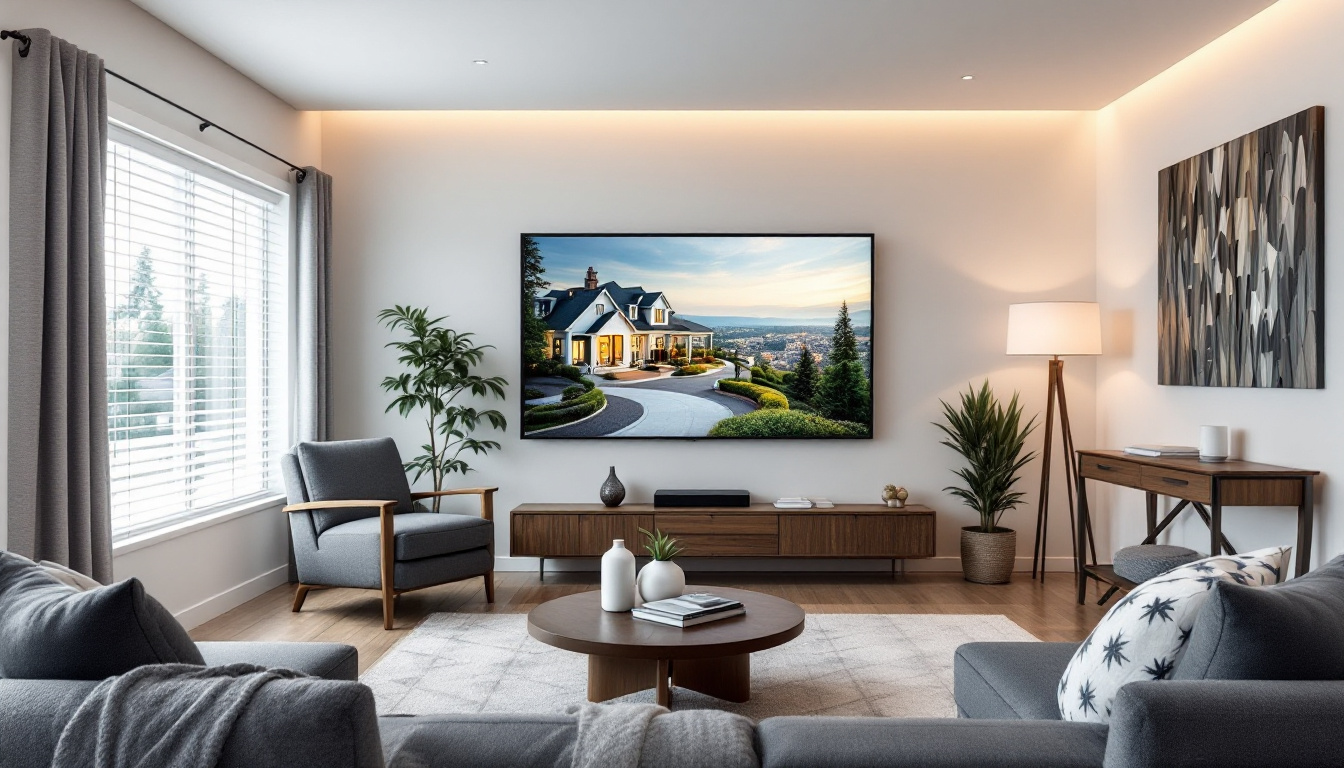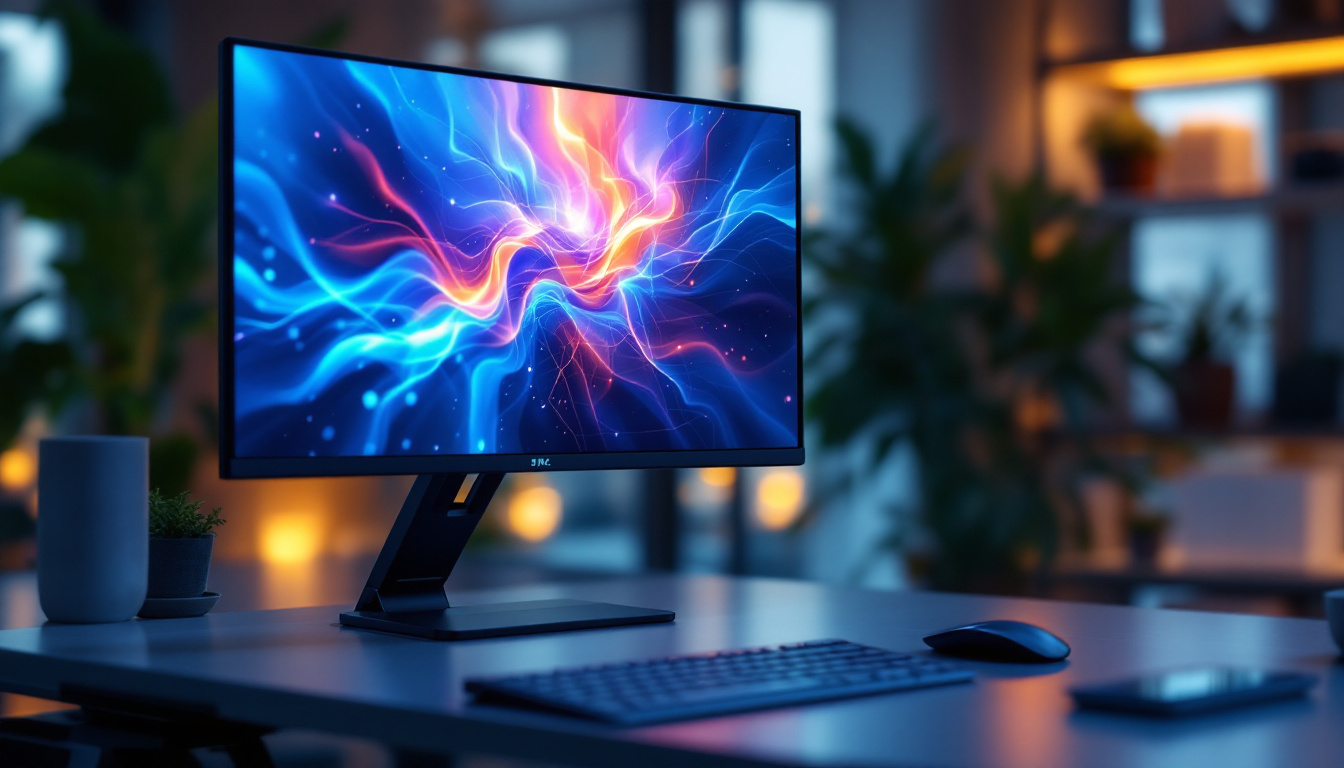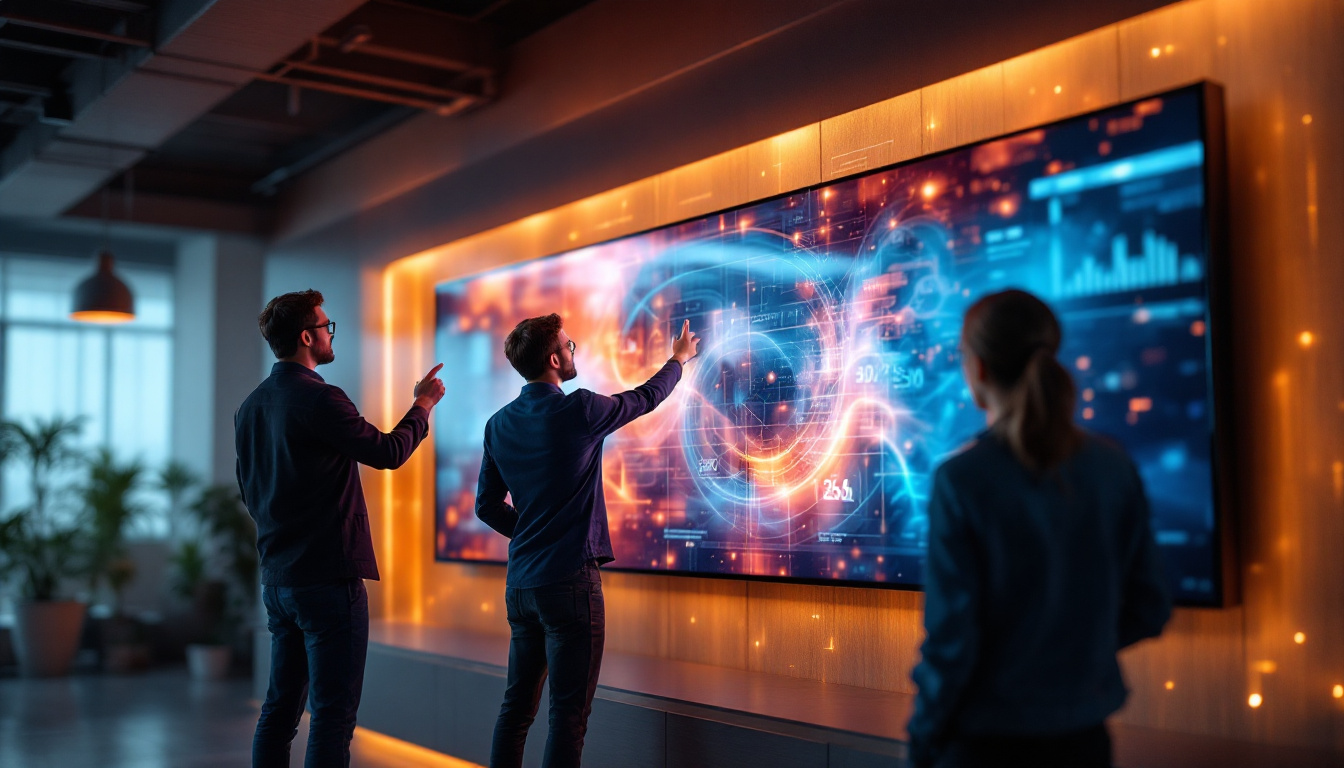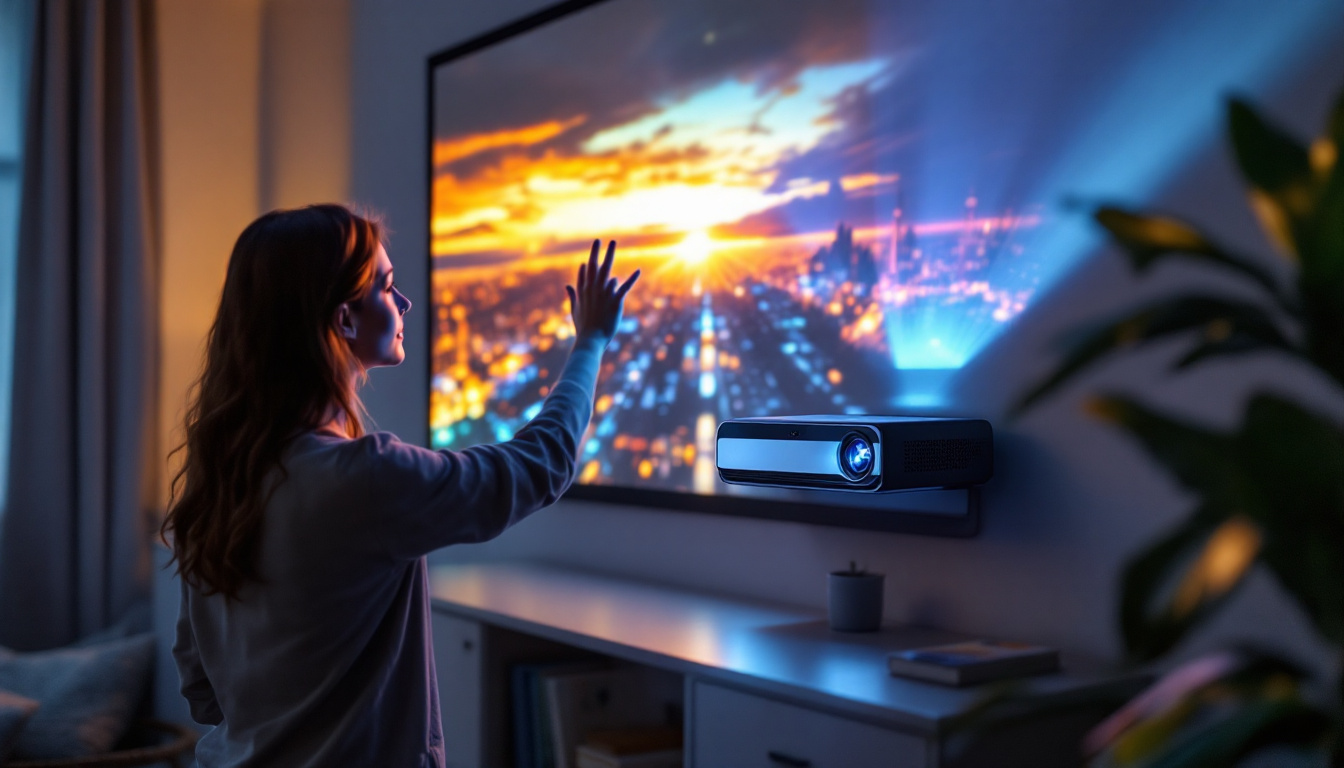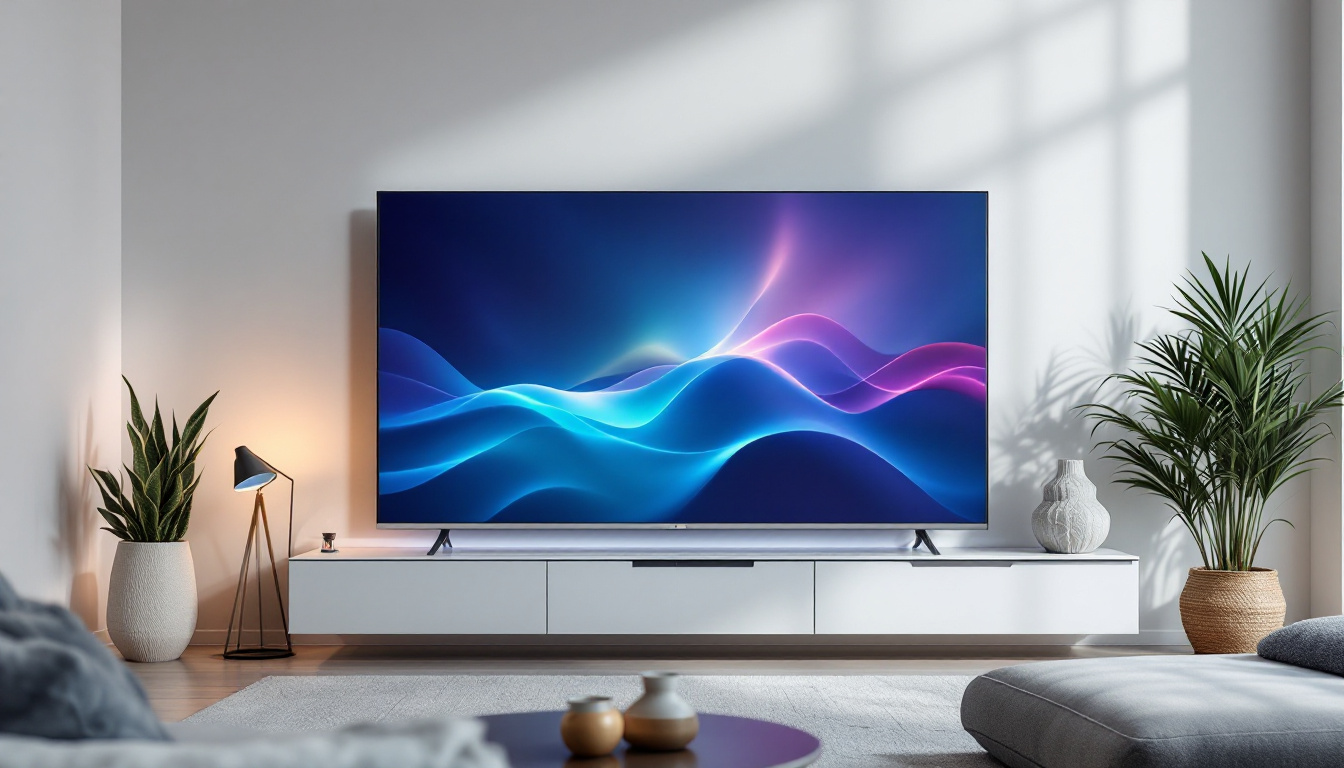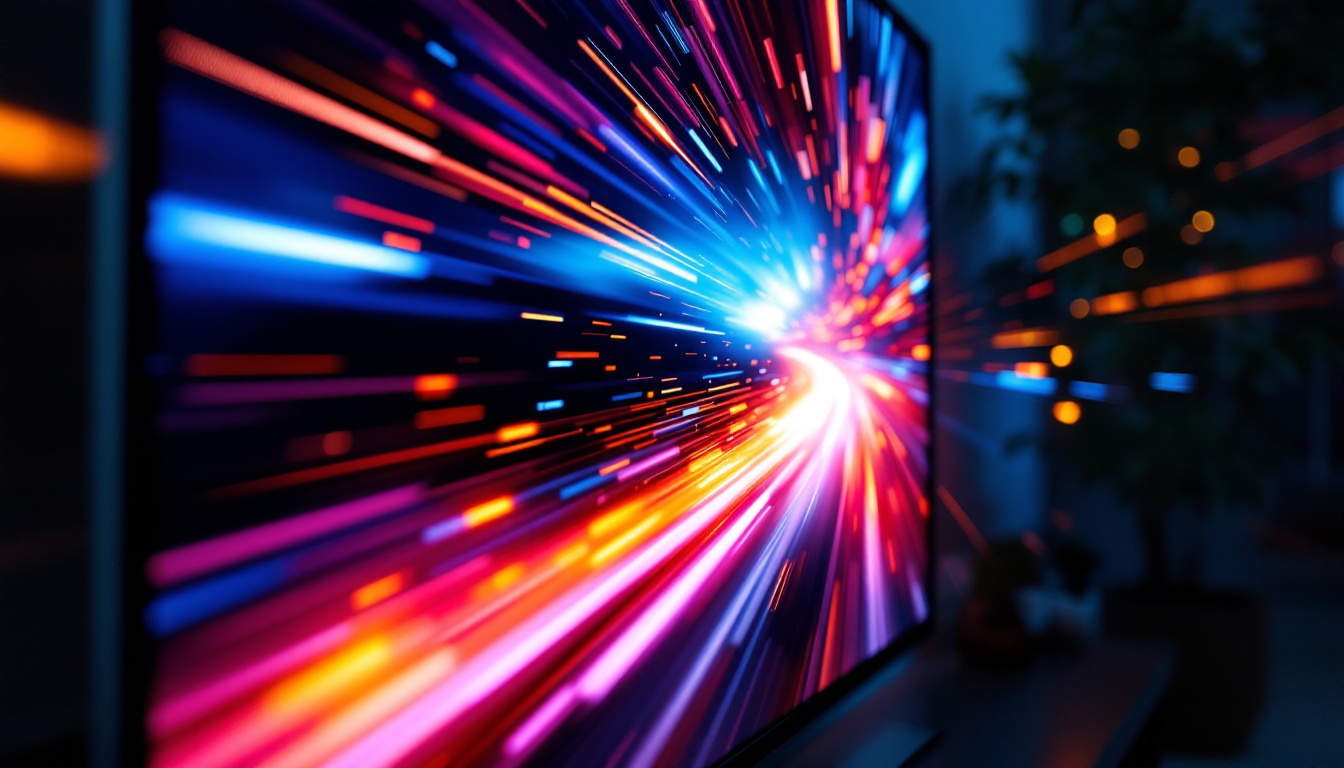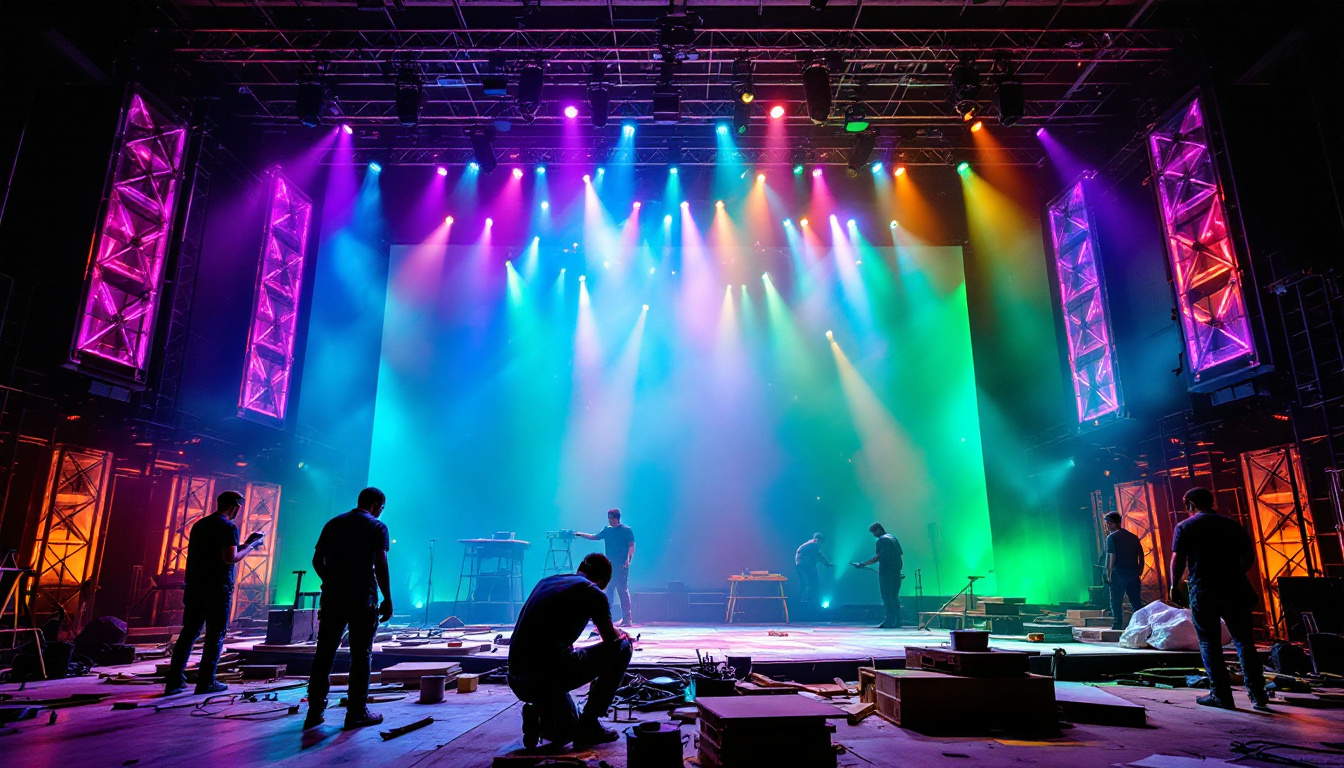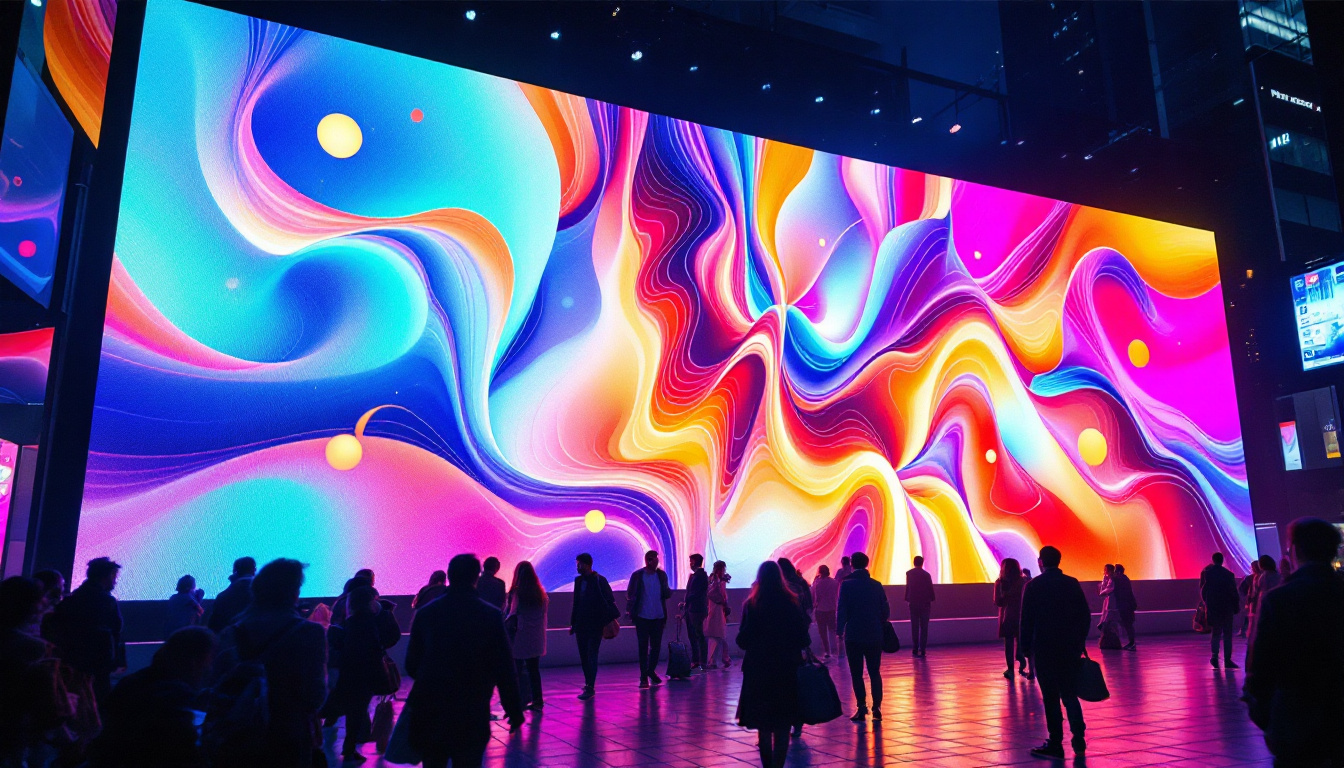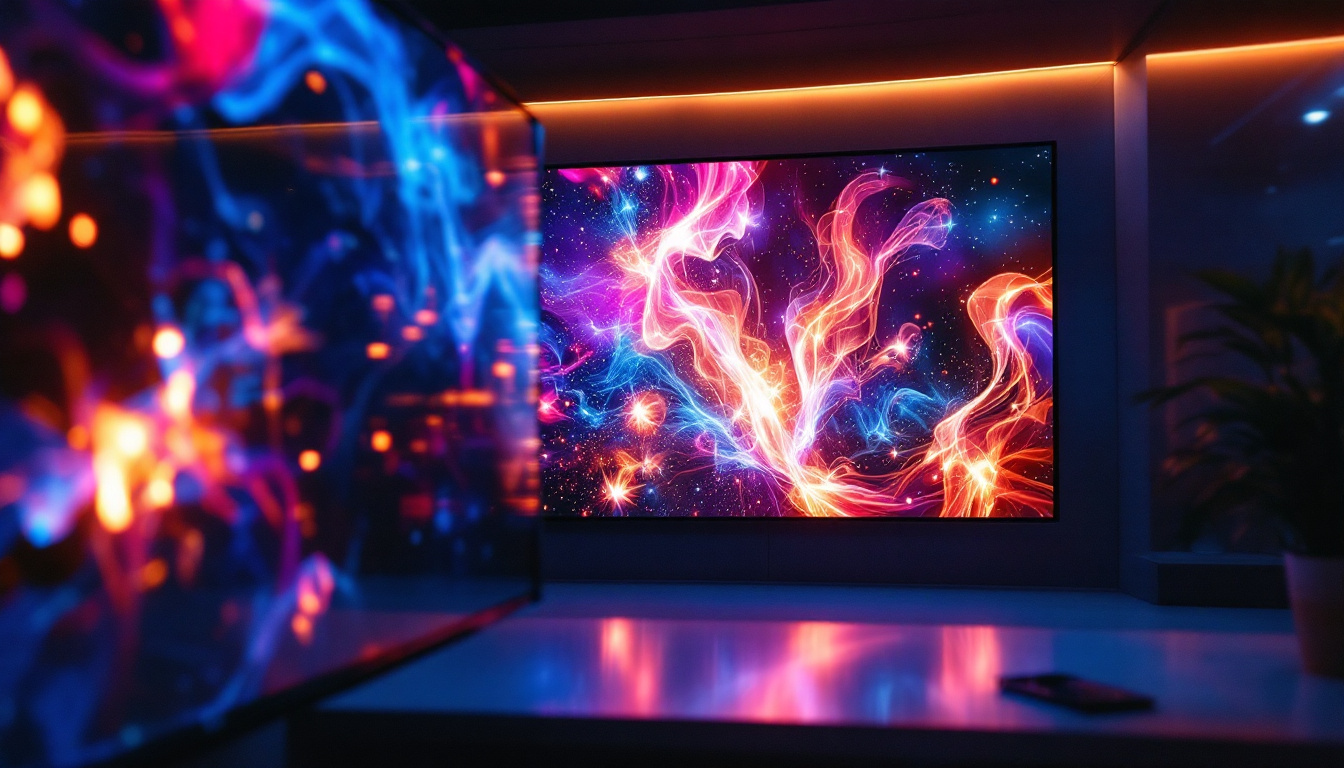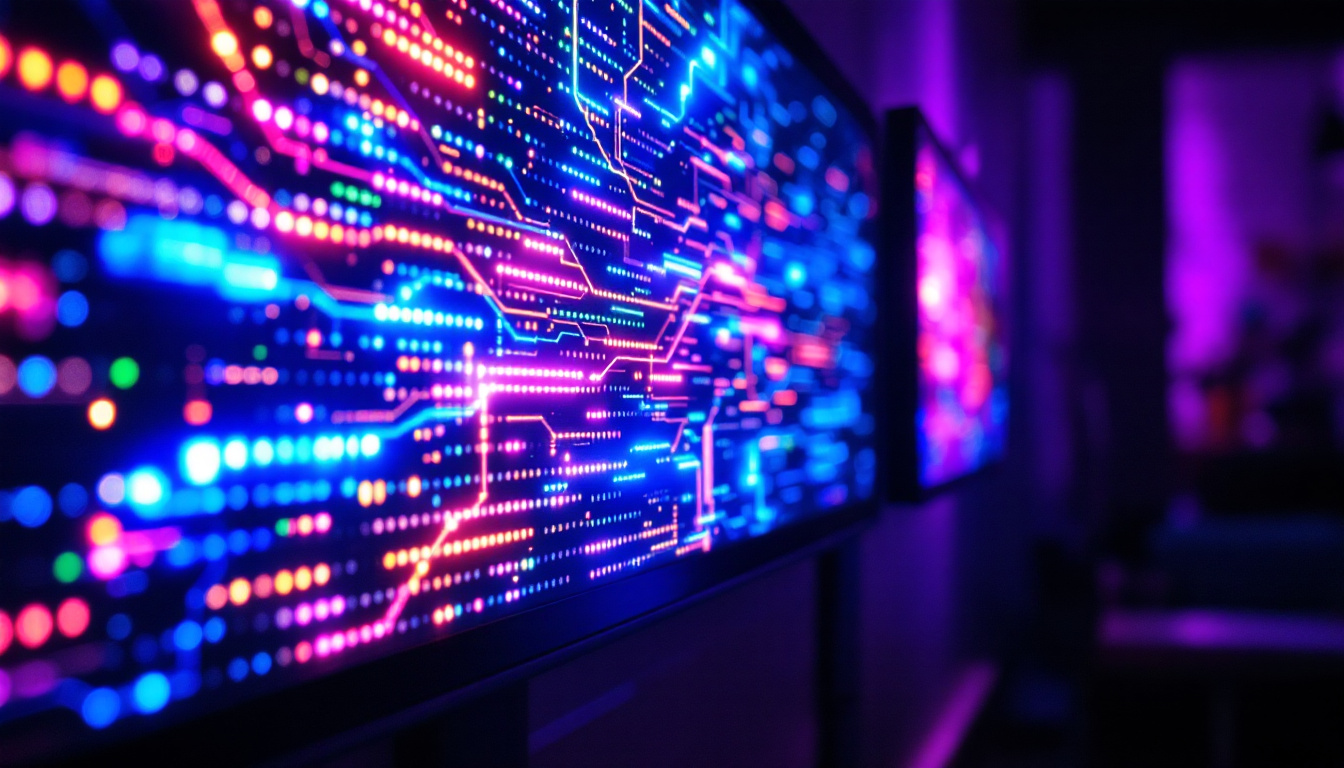Best TV Aspect Ratio: LED Display Explained
In the world of televisions, aspect ratio plays a crucial role in how content is displayed. With the rise of LED displays, understanding the best aspect ratio for your viewing experience has become more important than ever. This article delves into the various aspect ratios, their implications for viewing, and how they interact with LED technology.
Understanding Aspect Ratios
Aspect ratio refers to the proportional relationship between the width and height of a display. It is expressed as two numbers separated by a colon, such as 16:9 or 4:3. The first number represents the width, while the second number represents the height. This ratio affects not only the dimensions of the screen but also how images and videos are presented. The choice of aspect ratio can influence the viewer’s perception and engagement with the content, making it a crucial factor in both design and consumption.
Common Aspect Ratios
Several aspect ratios are commonly used in televisions and displays. The most prevalent in modern TVs is 16:9, which is considered the standard for high-definition content. This ratio is ideal for widescreen viewing, allowing for a more immersive experience when watching movies or playing video games. With the rise of streaming services and high-definition broadcasts, 16:9 has become synonymous with cinematic quality, providing viewers with a broader canvas that enhances storytelling.
Another notable aspect ratio is 4:3, which was the standard for older televisions and computer monitors. While it has largely fallen out of favor for mainstream media, some classic films and television shows were designed with this ratio in mind. This aspect ratio is still relevant in specific contexts, such as educational settings or retro gaming, where the original format is preserved to maintain the authenticity of the experience.
Additionally, the 21:9 aspect ratio, also known as ultrawide, is gaining popularity among cinephiles and gamers. This format mimics the cinematic experience, providing a broader field of view that enhances immersion. Many modern video games and films are now being produced with this aspect ratio, allowing for a more expansive visual narrative that draws viewers deeper into the action. The ultrawide format can also be advantageous for multitasking, as it allows users to have multiple windows open side by side without sacrificing screen real estate.
Importance of Aspect Ratio in LED Displays
LED displays, known for their vibrant colors and high contrast, can significantly benefit from the appropriate aspect ratio. When the aspect ratio aligns with the content being viewed, it ensures that images are not stretched or cropped, preserving the original intent of the creators. This alignment is particularly important in professional settings, such as graphic design or video editing, where accuracy in representation is paramount.
For instance, watching a movie filmed in 21:9 on a 16:9 screen may result in black bars on the top and bottom, while displaying 4:3 content on a 16:9 screen can lead to unwanted stretching. Understanding these nuances helps viewers choose the right aspect ratio for their LED displays, optimizing their overall experience. Furthermore, as technology advances, some displays now offer features that allow users to adjust the aspect ratio dynamically, providing flexibility for various types of content. This adaptability not only enhances viewing pleasure but also caters to a diverse range of media formats, ensuring that every detail is showcased as intended.
Choosing the Right Aspect Ratio for Your Needs
When selecting a television, it is essential to consider how the aspect ratio will affect your viewing habits. Different users have varying preferences based on the type of content they consume, whether it be movies, television shows, or gaming. Each aspect ratio offers unique advantages and disadvantages.
For Movie Lovers
For those who enjoy watching films, a 16:9 or 21:9 aspect ratio is often recommended. The 16:9 ratio is suitable for most modern movies, while the 21:9 ratio is ideal for those who want to replicate the cinematic experience at home. Many streaming services and Blu-ray discs are formatted in these ratios, ensuring that viewers can enjoy films as intended. Additionally, the 21:9 aspect ratio allows for a more immersive experience, as it closely mimics the dimensions of a traditional movie theater screen. This can enhance the emotional impact of films, drawing viewers deeper into the story and visuals.
For Gamers
Gamers may prefer a 16:9 or ultrawide 21:9 aspect ratio, depending on the type of games they play. Many modern games are designed for widescreen formats, providing a broader view of the action. An ultrawide display can enhance gameplay by allowing players to see more of the game world, offering a competitive edge in fast-paced environments. Furthermore, certain genres, such as racing or simulation games, benefit greatly from the expanded field of view, creating a more realistic and engaging experience. The immersive quality of an ultrawide screen can also enhance the visual storytelling in narrative-driven games, making every detail more captivating.
For General TV Viewing
For general television viewing, a 16:9 aspect ratio is usually the best choice. Most TV shows and streaming content are produced in this format, making it the most versatile option for everyday use. This ratio allows for a comfortable viewing experience without the need for constant adjustments or compromises. Moreover, as more content is being created specifically for streaming platforms, the 16:9 aspect ratio has become the standard, ensuring compatibility with a wide range of devices. This consistency means that viewers can easily transition from one show to another without encountering black bars or distorted images, making it an ideal choice for family viewing or binge-watching sessions.
How Aspect Ratio Affects Picture Quality
The aspect ratio not only influences the dimensions of the display but also affects the overall picture quality. A mismatch between the content’s aspect ratio and the display can lead to various issues, such as distortion, pixelation, or loss of detail. This is particularly noticeable when watching films or shows that were originally shot in a cinematic aspect ratio, such as 2.35:1, on a standard 16:9 television. The result can be a compromised viewing experience, where the viewer misses out on the director’s intended framing and composition.
Resolution and Aspect Ratio
Resolution plays a significant role in how aspect ratio impacts picture quality. Higher resolutions, such as 4K or 8K, can help mitigate some of the issues associated with aspect ratio mismatches. For instance, a 4K display can provide sharper images even when content is not perfectly aligned with the screen’s aspect ratio. The increased pixel density allows for finer details to be rendered, which can somewhat mask the effects of cropping or stretching that might occur with a poorly matched aspect ratio.
However, it is essential to note that simply having a higher resolution does not automatically solve aspect ratio problems. Ensuring that the content is properly formatted for the display is crucial for achieving the best picture quality. For example, while a 4K display can upscale lower resolution content, the upscaling process can introduce artifacts or blur, especially if the original content is significantly lower in resolution. Therefore, content creators often need to consider the aspect ratio during production to ensure that the final output is optimized for various display types.
Content Adaptation
Many modern televisions come equipped with features that automatically adjust the picture to fit the screen. These features can help alleviate some of the issues caused by aspect ratio mismatches. However, they may not always produce the best results, as they can lead to cropping or stretching of the image. For instance, a feature that zooms in on the image to fill the screen can inadvertently cut off important visual information at the edges, which can be particularly detrimental in scenes where action occurs near the periphery.
Viewers should familiarize themselves with their TV’s settings to make the most of these features. Adjusting the aspect ratio manually can often yield better results, particularly for specific content types. For example, when watching classic films that were shot in a 4:3 aspect ratio, switching to a letterbox mode can preserve the integrity of the original composition, allowing viewers to appreciate the film as it was intended. Additionally, many streaming services now offer content in various aspect ratios, so being aware of these options can enhance the viewing experience significantly, ensuring that the picture quality remains high and true to the creator’s vision.
Future Trends in Aspect Ratios
As technology continues to evolve, so too do the standards for aspect ratios. The rise of new display technologies, such as OLED and microLED, may influence the way aspect ratios are perceived and utilized in the future.
Emerging Formats
With the increasing popularity of streaming services and online content, new aspect ratios may emerge to cater to different viewing experiences. For instance, social media platforms often utilize vertical video formats, which could lead to a shift in how content is produced and consumed.
As creators adapt to these new formats, consumers may find themselves with a wider variety of aspect ratios to choose from, each designed to enhance specific types of content.
Impact of Gaming and Virtual Reality
The gaming industry is also pushing the boundaries of aspect ratios. With the advent of virtual reality (VR) and augmented reality (AR), developers are exploring new ways to present content that may not conform to traditional aspect ratios. This could lead to innovative viewing experiences that challenge the status quo.
As gaming technology advances, the demand for displays that can accommodate these new formats will likely increase, prompting manufacturers to develop televisions that can adapt to a wider range of aspect ratios.
Conclusion
Understanding the best aspect ratio for LED displays is essential for optimizing the viewing experience. Whether it’s for movies, gaming, or general television viewing, selecting the appropriate aspect ratio can significantly enhance picture quality and overall enjoyment.
As technology continues to evolve, viewers should remain informed about emerging trends and formats that may influence their choices. By staying updated, consumers can make educated decisions when purchasing a new TV, ensuring they select a model that meets their specific needs.
Ultimately, the best aspect ratio is one that aligns with the content being viewed and the viewer’s personal preferences. By considering these factors, individuals can create a home entertainment setup that delivers an exceptional viewing experience.
Discover Your Perfect LED Display with LumenMatrix
Ready to elevate your viewing experience with the ideal aspect ratio and unparalleled picture quality? Look no further than LumenMatrix, a pioneer in LED display technology. Our extensive range of solutions, from Indoor and Outdoor LED Wall Displays to innovative LED Sports and Transparent Displays, is designed to meet your every need. Whether you’re seeking to captivate audiences, enhance brand visibility, or create immersive environments, LumenMatrix has the cutting-edge technology to bring your vision to life. Don’t compromise on quality; check out LumenMatrix LED Display Solutions today and transform the way you share your message with the world.


